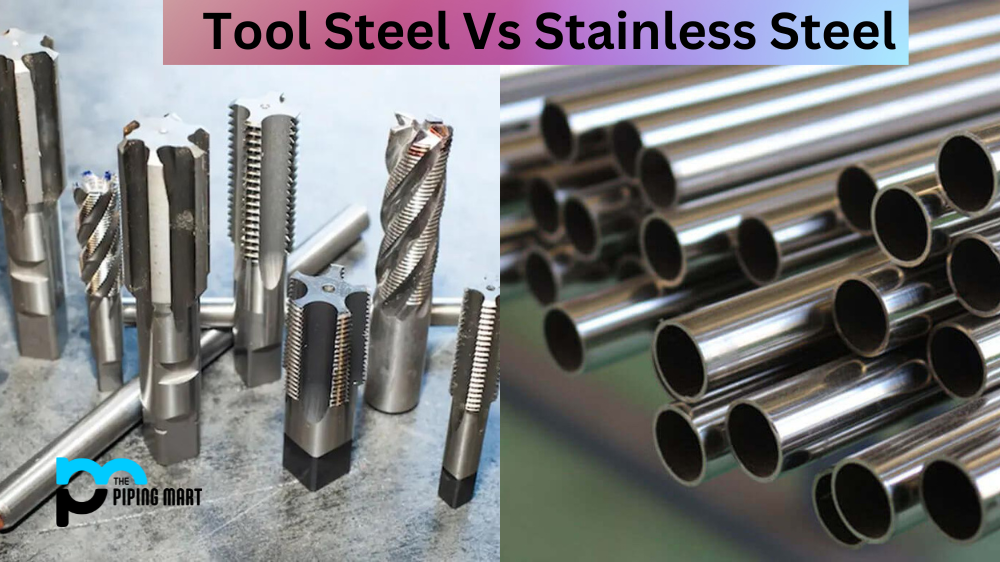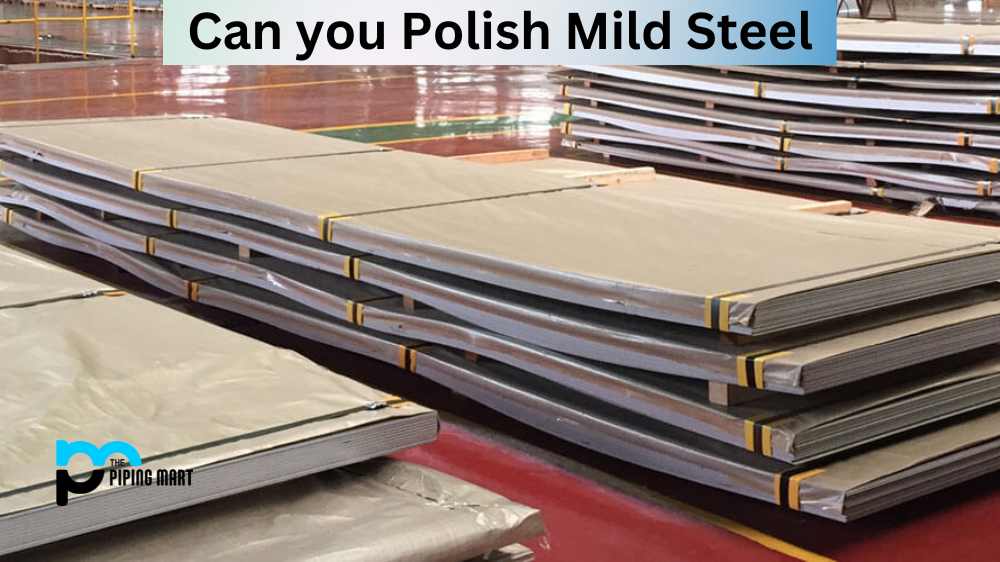When it comes to metalworking, two of the most popular types of steel are tool steel and stainless steel. But what exactly is the difference between them? To understand which type of steel is best for your project, it’s important to know the differences between tool steel and stainless steel.
What is Tool Steel?
Tool steel refers to a variety of carbon and alloy steels that are particularly well-suited for use in tools. As its name implies, tool steel is used for making tools—including moulds, dies, knives, blades, punches, cutting tools, and other industrial applications. It has a good combination of strength and hardness properties that make it ideal for these tasks. It also has excellent wear resistance and can withstand high temperatures without losing its strength or durability.
What is Stainless Steel?
Stainless steel is an alloy of iron with a minimum chromium content of 10%, which gives it corrosion-resistant properties. This makes stainless steel especially suited for use in kitchen appliances like sinks, pots, pans, and utensils because it won’t rust or corrode when exposed to water or acidic foods like lemon juice. Stainless steel also has a wide range of applications in medical equipment as well as architecture and construction projects.
It has good ductility as well as excellent formability, so it can be easily shaped into whatever design you need. It also has good heat resistance, so it can withstand high temperatures without suffering damage or losing its strength or durability.
Difference Between Tool Steel and Stainless Steel
The primary difference between tool steel and stainless steel is their composition. Tool steel contains a high amount of carbon, while stainless steel contains at least 10% chromium. This difference in composition gives each type of steel different properties: tool steel is hard and wear-resistant, while stainless steel is corrosion-resistant.
Properties of Tool Steel
Tool steel contains a high amount of carbon, which gives it excellent hardness and wear resistance. Additionally, tool steel contains other elements that further improve its properties, such as chromium, vanadium, and molybdenum. As a result of these properties, tool steel is well-suited for making tools.
Properties of Stainless Steel
Stainless steel contains at least 10% chromium, which gives it excellent corrosion resistance. Additionally, stainless steel may contain other elements that further improve its properties, such as nickel, molybdenum, and titanium. As a result of these properties, stainless steel is often used in applications where corrosion resistance is required.
Conclusion
In conclusion, there are clear distinctions between tool steel and stainless steel that make each one better suited for certain applications than the other. Tool steel is best suited for making tools because of its combination of strength and hardness properties, while stainless steel is best suited for kitchen appliances due to its corrosion-resistant properties along with excellent formability and heat resistance. Knowing the differences between these two types of steel will help you decide which one should be used in your project, depending on your specific needs.

Abhishek is a seasoned blogger and industry expert, sharing his insights and knowledge on various topics. With his research, Abhishek offers valuable insights and tips for professionals and enthusiasts. Follow him for expert advice on the latest trends and developments in the metal industry.




